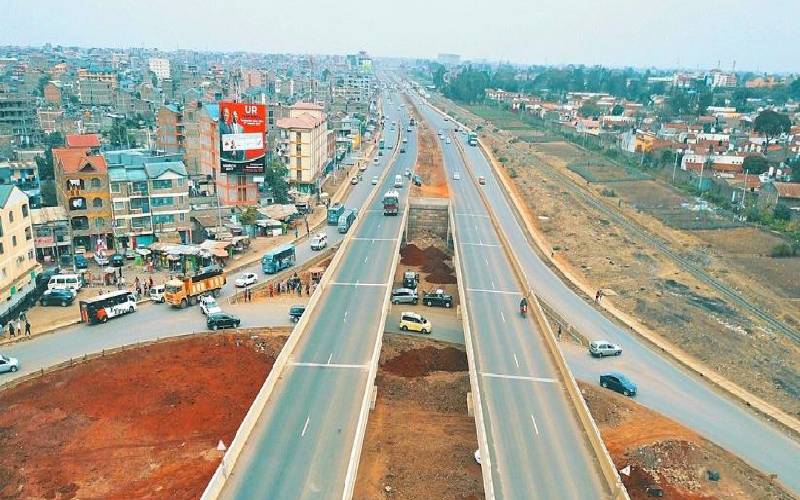Philip Odhiambo arrived in Nairobi on May 20, 2021 for the first time in 10 years. The last time he was in Nairobi was back in 2011 while still a student in one of the local universities.
“I could not locate the estate I used to live in with a cousin of mine. The roads have undergone massive transformation I have no idea how these drivers are able to drive so effortlessly,” Odhiambo told Mwanahabari.co.ke.
Nairobi has changed. It is no longer that dusty village Indians and colonialists founded as a stopover point during the construction of the Kenya Uganda Railway line the start of the 19th century.
JKIA–Westlands Highway, also known as the Nairobi Expressway, is a planned toll road in Kenya, connecting Jomo Kenyatta International Airport to the neighborhood of Rironi, in Kiambu County, along the Nairobi-Limuru Road.
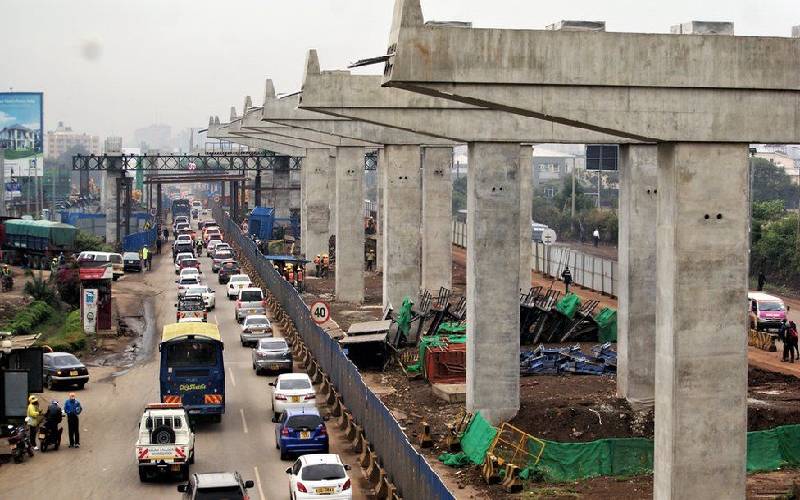
The Nairobi commuter rail service (NCRS) is a network of diesel trains serving Nairobi and its suburbs. In 2020, 13,000 daily passengers used this service. After being modernized, the NCRS was inaugurated by president Uhuru Kenyatta on 10 November 2020.
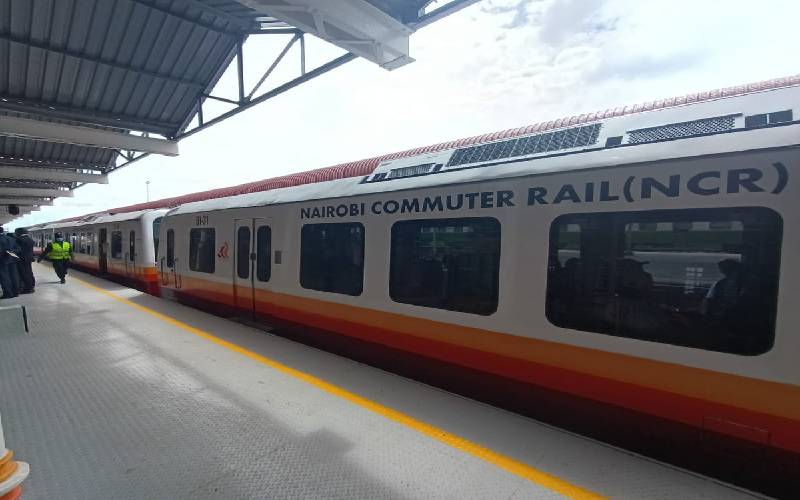
The Nairobi Commuter Rail Service project aims at providing passengers with safe, reliable and affordable transport services in and around Nairobi city.
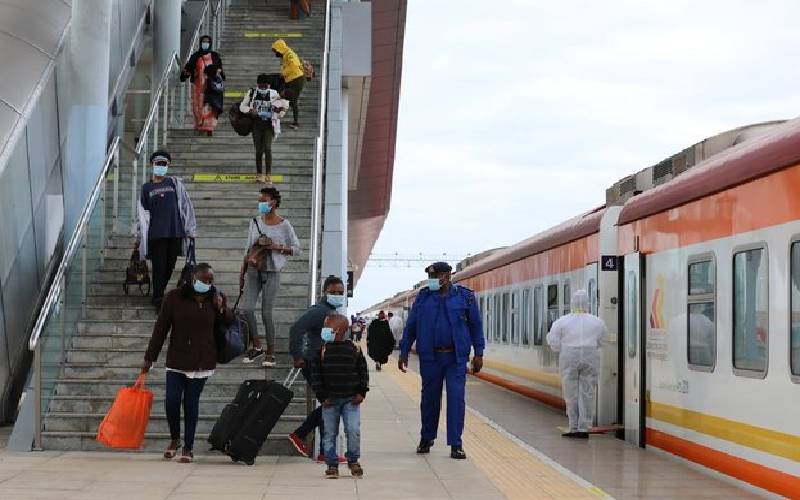
The Nairobi Metropolitan Service (NMS) embarked on the construction of Non-Motorised Transport (NMT) works at Kenyatta Avenue, Wabera and Muindi Mbingu streets.
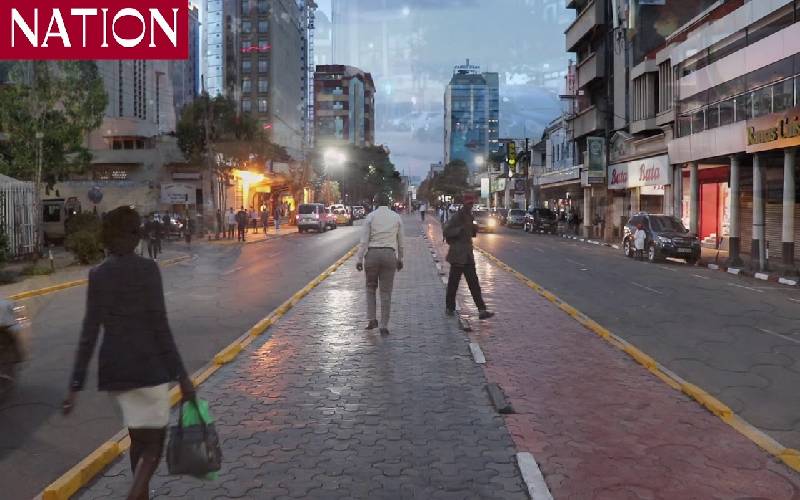
Pedestrian walkways and cycle lanes have cropped up in the CBD starting from Moi Avenue, past Serena Hotel at the Integrity Centre junction. The Muindi Mbingu NMT moves from City Hall to University Way and the roundabout at the University of Nairobi.
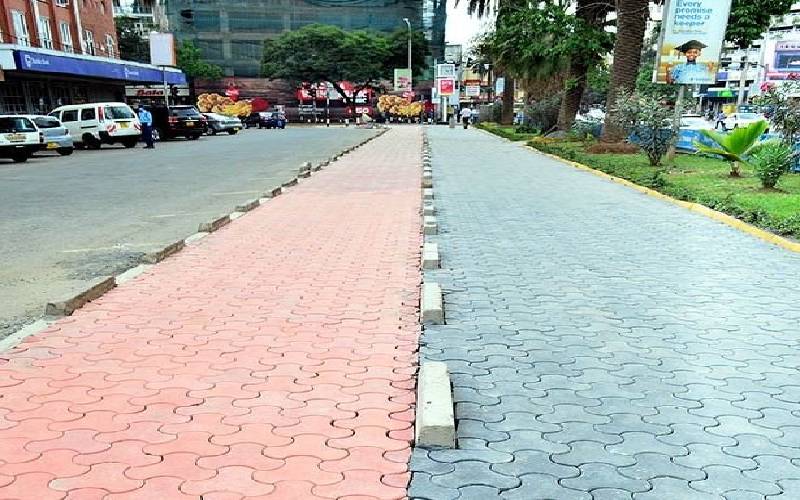
The Nairobi Metropolitan Services (NMS) will charge service fees at the newly-built Green Park terminus to be used to run operations. The token fee will be levied on traders selling their wares at the matatu terminal, use of ablution blocks as well as advertisement spaces, among others.
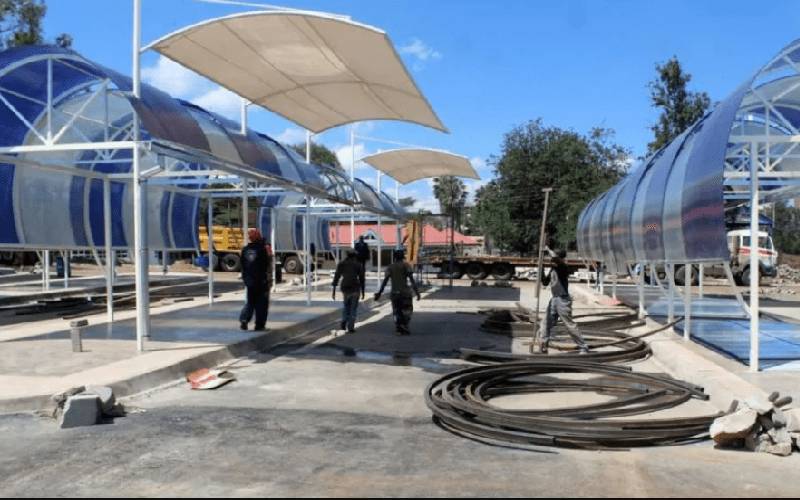
The Outer Ring Road is a 13 kilometres multi-lane highway. It runs primarily along the Eastlands area of Nairobi and connects major transportation hubs including the Nairobi-Thika Highway, Mombasa Road, and Jomo Kenyatta International Airport.
